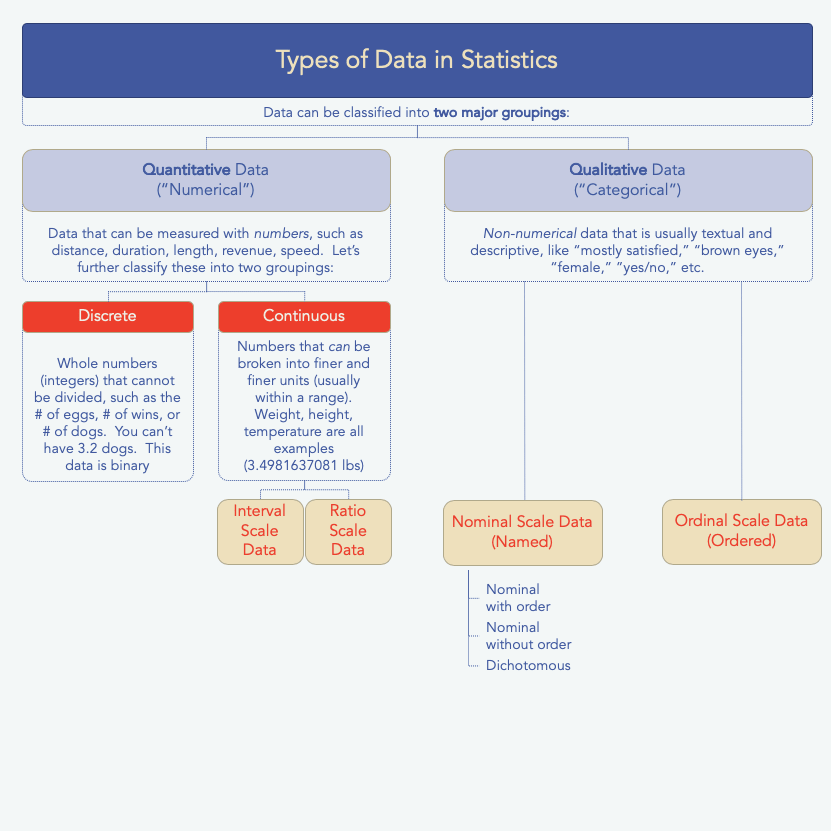Dependent vs. Independent Variables: What’s the Difference?
When it comes to experiments and data analysis, there are two main types of variables: dependent variables and independent variables. It’s easy to get these mixed up, but the difference between dependent and independent variables is simple. Here is a quick and easy definition of each one, along with some examples.
Dependent Variable: This is the output variable you are really interested in monitoring to see if it was affected or not. It can also be called the “measured variable,” the “responding variable,” the “explained variable,” etc. I think it is easy to remember this one because it is dependent on the other variables.
Independent Variables: These are the individual variables that you believe may have an effect on the dependent variable. They are sometimes called “explanatory variables,” “manipulated variables,” or “controlled variables.”
If this is not already clear, it will be after a couple of examples.
Example #1: Golf Balls
Here’s a simple situation: Suppose you want to test golf ball flight distances, so you set up a simple experiment in which various golf balls are placed into a mechanical chute and fired into the air. The variable you really care about, the “output” or dependent variable is golf ball distance. Independent variables are the variables you are going to test to see how they affect distance. In this case, they are going to be things like air temperature, golf ball brand, and color of the golf ball. In the end, if you do a fancy regression analysis on all your data, you are going to end up with a formula that looks something like this: golf ball distance = 50 feet + air temperature factor + golf ball brand factor + golf ball color factor. See how all the independent variables (air temp, brand, color) have an effect on the dependent variable (distance)?
Example #2: Ice Cubes
Here’s another simple example: Imagine that you have a bunch of ice cubes and you want to test how long it takes them to melt in various situations. You have an experiment with 1,000 equally shaped ice cubes. Some of them are made of frozen cranberry juice and some of them are frozen lemonade. You are going to set some of them on a metal sheet and others are going to be placed on a wooden plank. Air temperature, wind, and every other condition you can think of will remain constant.
So, in this case, your dependent variable is ice cube melting time. Your two independent variables are: juice type (cranberry or lemonade) and melting surface (metal or wood). I’m not sure why anyone would care to do such an experiment, but hopefully the difference between the dependent and independent variables are clear now.

Have a comment? Please drop a note below.





Thank you
Good Pls can you help me on the different variables in \”Branding, re branding and sports attraction.Am writing on \”Branding and re branding as correlates of sponsorship attraction among Nigeria sports organisation
Thank for your kind clarification on my querry
I have read research books, other web pages, had multiple people explain this to me and I\\’ve never figured it out until reading THIS! I have bookmarked your page and will be coming back again when I need a reminder. THANK YOU!
Thank you very much for the useful explanation!
Thank you
this is very clear and explanatory, thanks a lot.
Thank you! Your explanations really helped me understand
Really easy to study
Very well understood. I learned a lot of new things concerning the scales. Great job. Thanks
thank for your kind clarification .
Your explanations are so much easier to understand than most other places i’ve tried. Thank you.